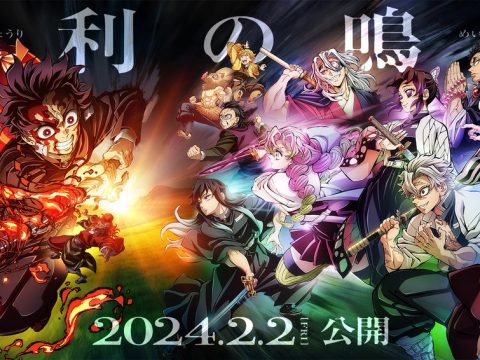 In this pandemic year, nations are looking for any economic boosts they can find. Japan has found a serious lifeline in Demon Slayer: Kimetsu no Yaiba, which has broken all sorts of records as its popularity continues to soar.
In this pandemic year, nations are looking for any economic boosts they can find. Japan has found a serious lifeline in Demon Slayer: Kimetsu no Yaiba, which has broken all sorts of records as its popularity continues to soar.
Now a number has been put on that impact: an estimated 270 billion yen. That’s nearly $2.6 billion. Billion, folks.
The estimate comes courtesy Japan’s Dai-ichi Life Research Institute.
It breaks down like this: 85 billion yen in manga and other printed materials; 50 billion yen in movie-related income; and 130 billion yen in merchandise. Merchandising! Where the real money is made.
In Japan, the movie continues to steamroll its way through the box office. It’s now the second-highest grossing film of all time in Japan, second only to Hayao Miyazaki’s Spirited Away. Miyazaki, for the record, don’t care. Now get off his lawn.
The franchise has even spawned tourism, with people in Japan riding a steam train rebranded as the film’s Infinity Train.
For those wondering what all the fuss is about, the anime is streaming on multiple platforms, and the manga is available via Viz. Here’s how they describe it:
In Taisho-era Japan, Tanjiro Kamado is a kindhearted boy who makes a living selling charcoal. But his peaceful life is shattered when a demon slaughters his entire family. His little sister Nezuko is the only survivor, but she has been transformed into a demon herself! Tanjiro sets out on a dangerous journey to find a way to return his sister to normal and destroy the demon who ruined his life.
Learning to slay demons won’t be easy, and Tanjiro barely knows where to start. The surprise appearance of another boy named Giyu, who seems to know what’s going on, might provide some answers…but only if Tanjiro can stop Giyu from killing his sister first!
Source: Japan Times






